reorganizing the bldg. 51 chicago architectural ornament archive in progress
This entry was posted on July 24 2018 by Eric
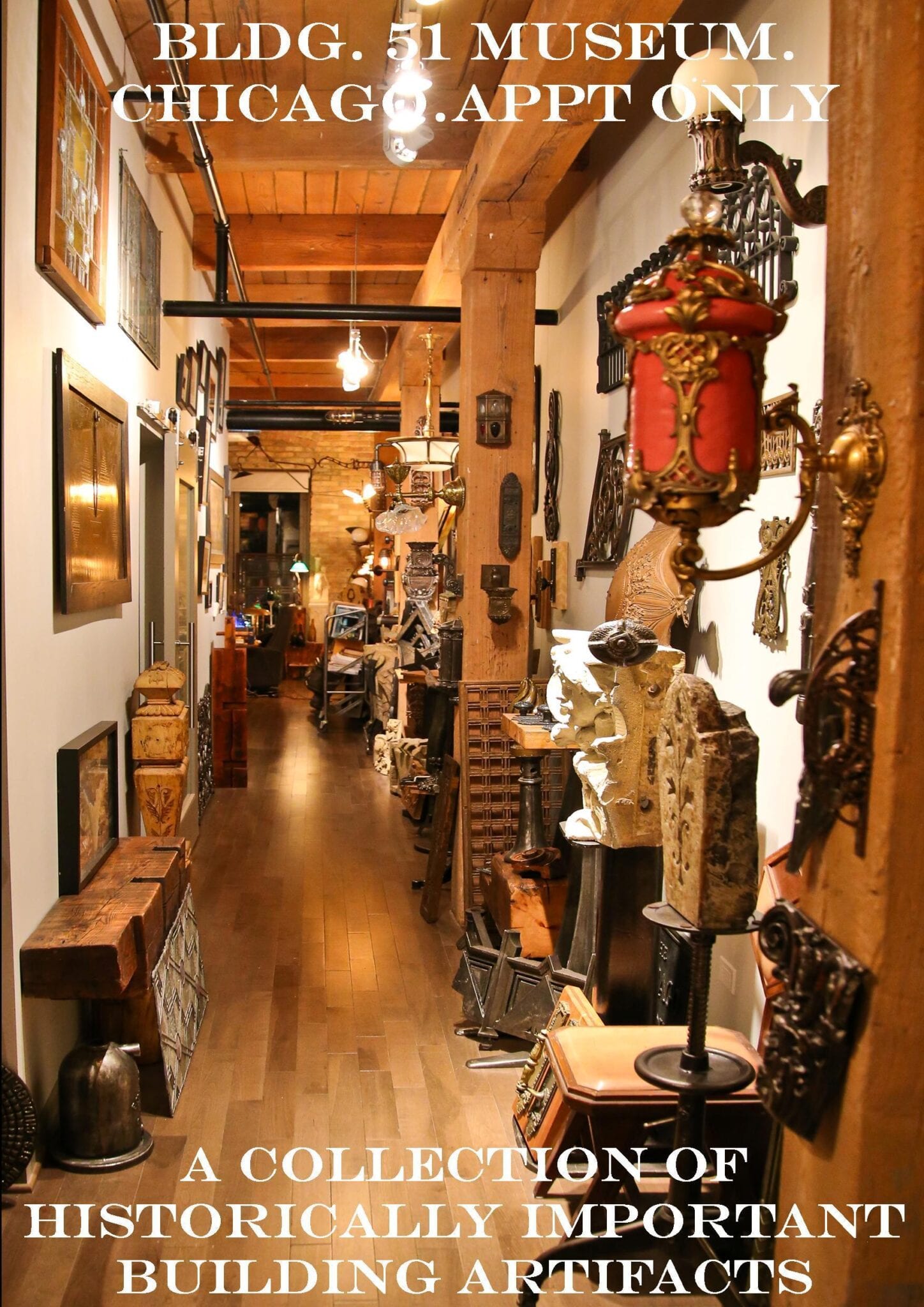

reorganizing the bldg. 51 chicago architectural ornament archive has given me incentive to reshoot any and all historically important artifacts previously on loan, display, or in storage. it's immensely gratifying to reacquaint myself with the ornament (and its history) as it makes its way into the studio.
two original red slip glazed terra cotta grotesque face exterior corbels salvaged from charles sumner frost's chicago and north western railway train station (1889-1890).
the romanesque style station - located in milwaukee, wisc. - closed in 1966 and demolished two years later in 1968.
the corbels were executed by the northwestern terra cotta company, chicago, ills. the corbels alternated with four distinctive facial expressions around the station.
courtesy of bldg. 51 museum ornament archive.
note: the following ornament or objects were photographed last week in studio with some notes added. this process will likely continue well into 2019.
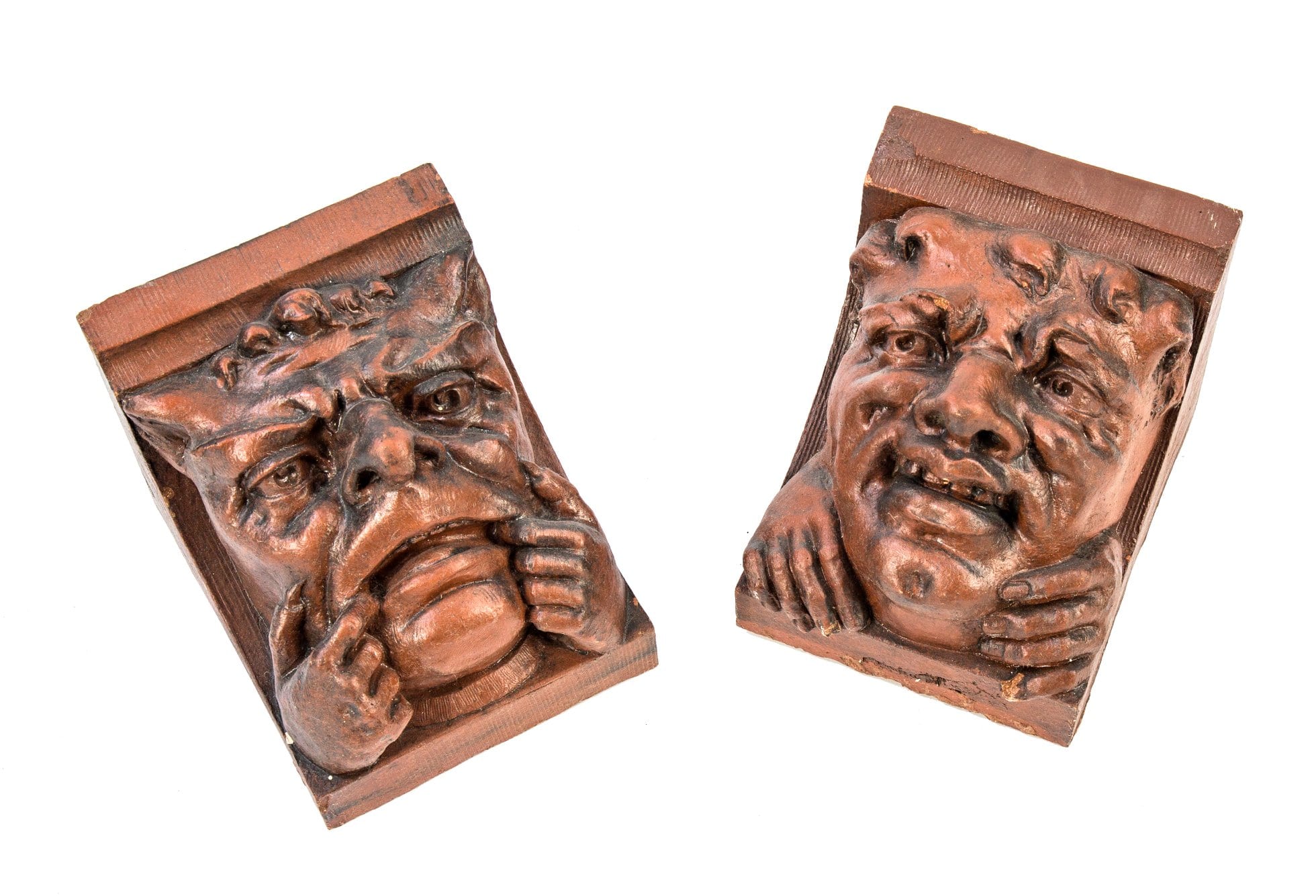
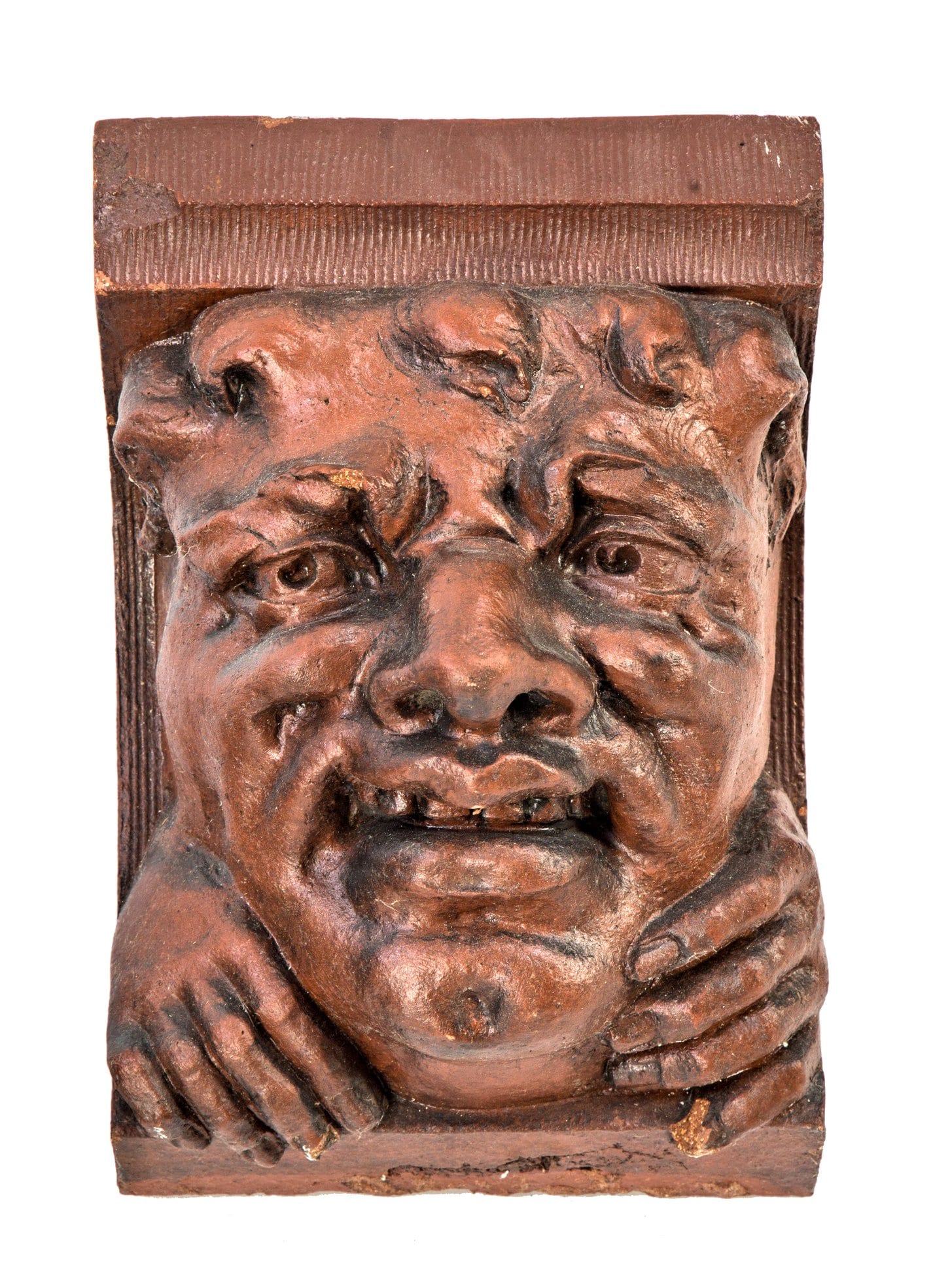
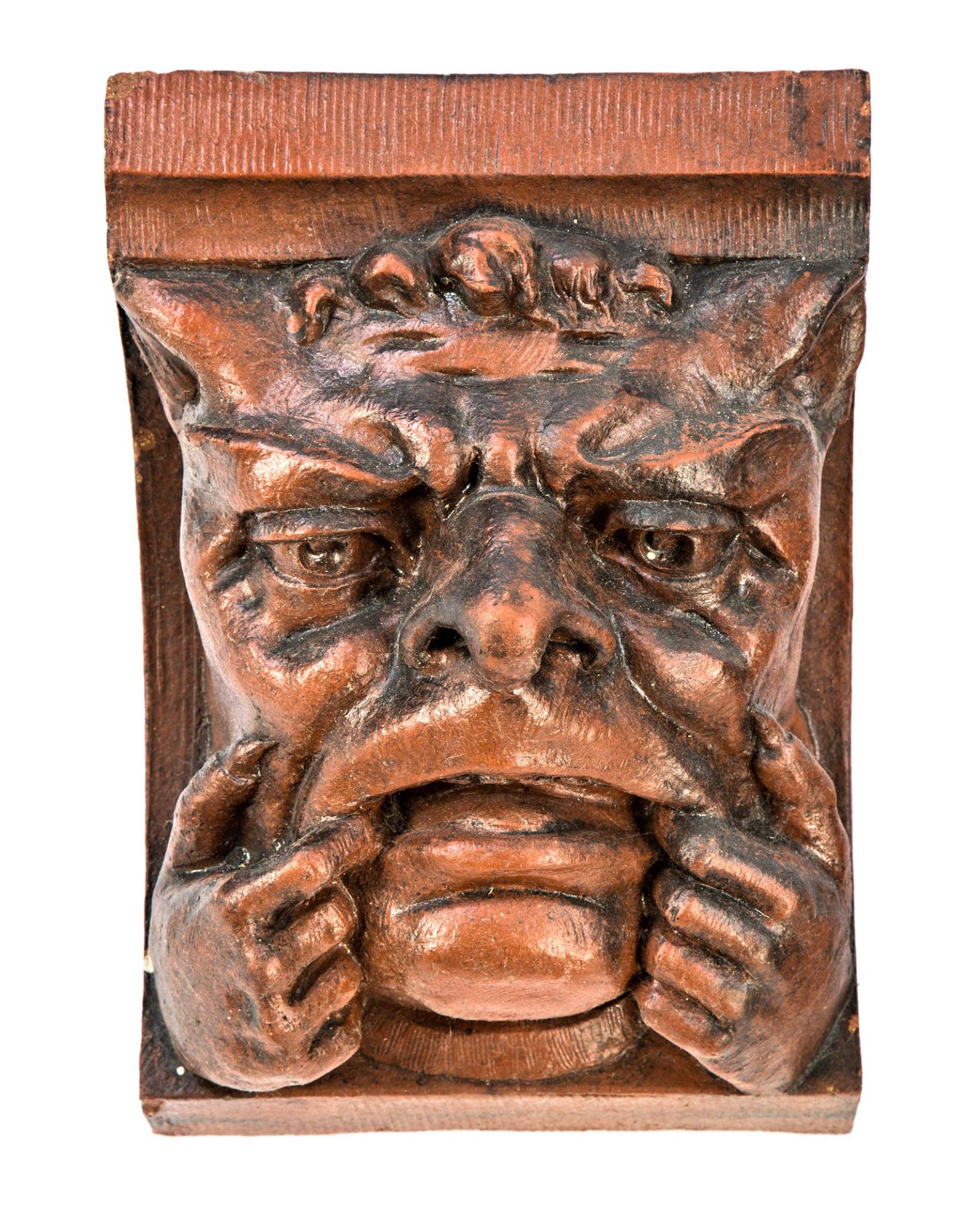
the intricately designed and finely executed cast iron baluster was salvaged from mecca flats (1891) during its demolition for iit's crown hall. mecca flats was designed as a hotel by architects willoughby j. edbrooke and franklin pierce burnham for world's fair visitors. possibly fabricated by winslow brothers. the ornament's original finish was either bower-barff or black enamel.
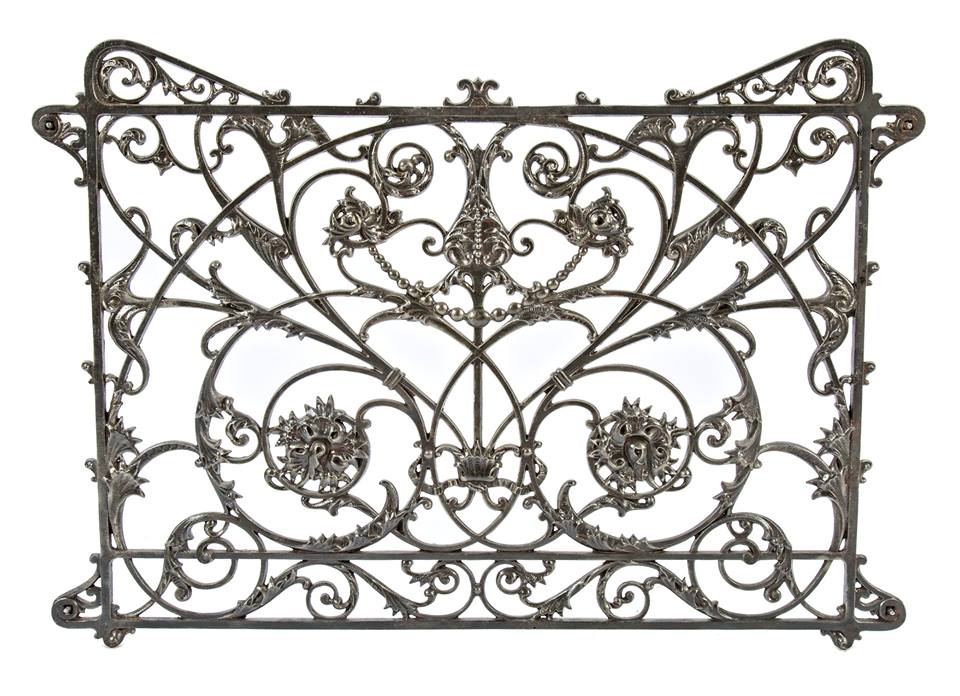
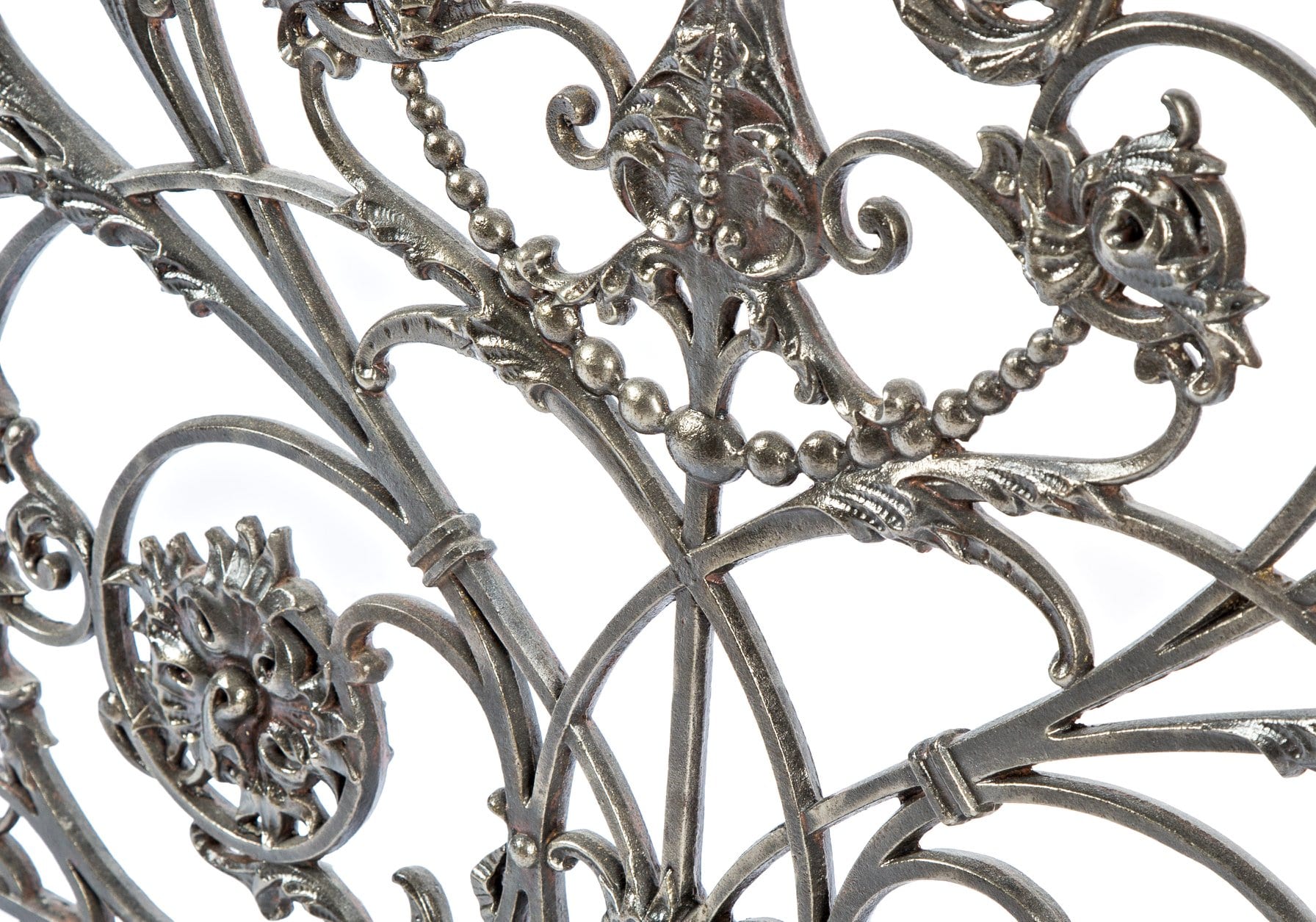
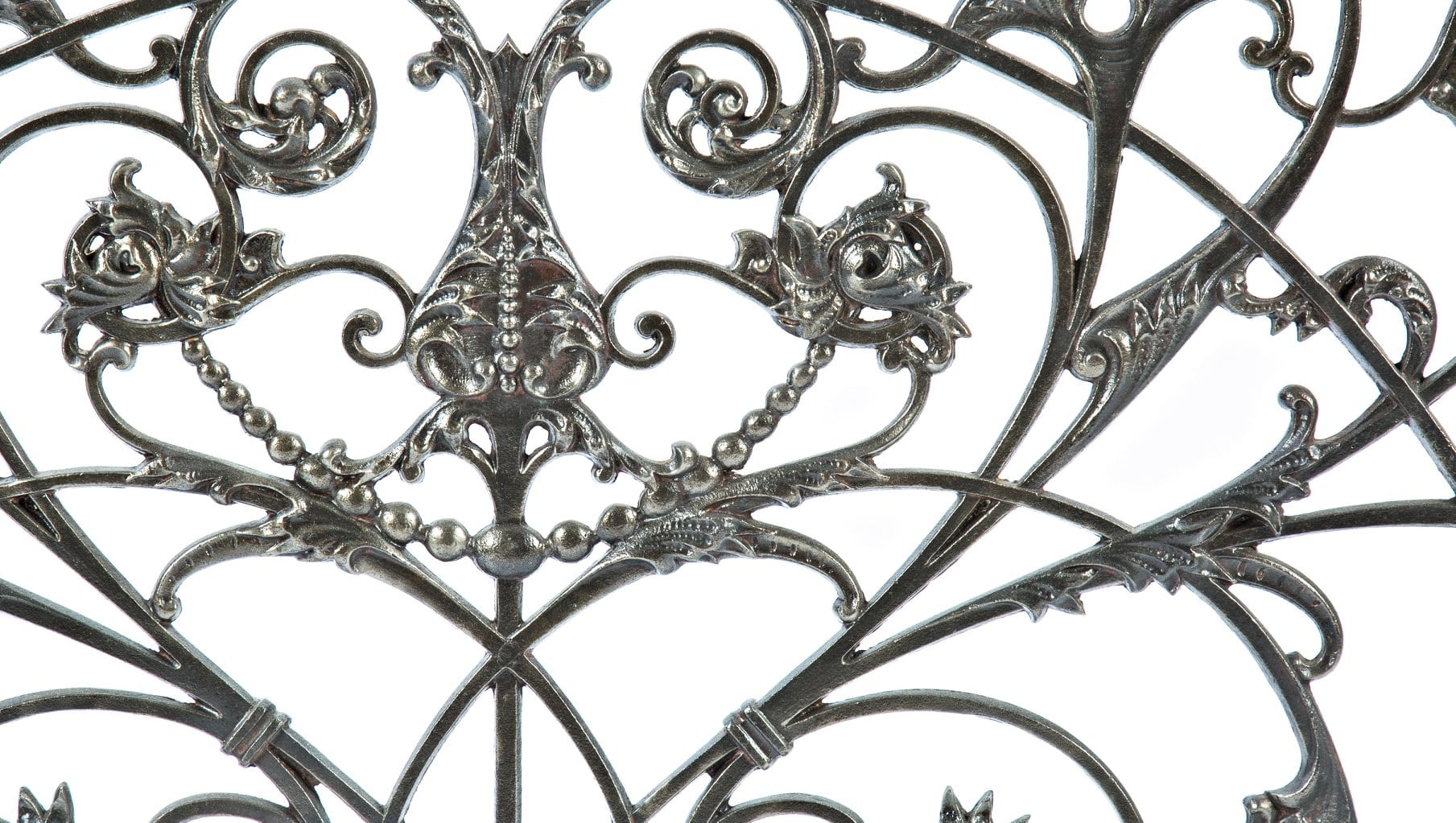
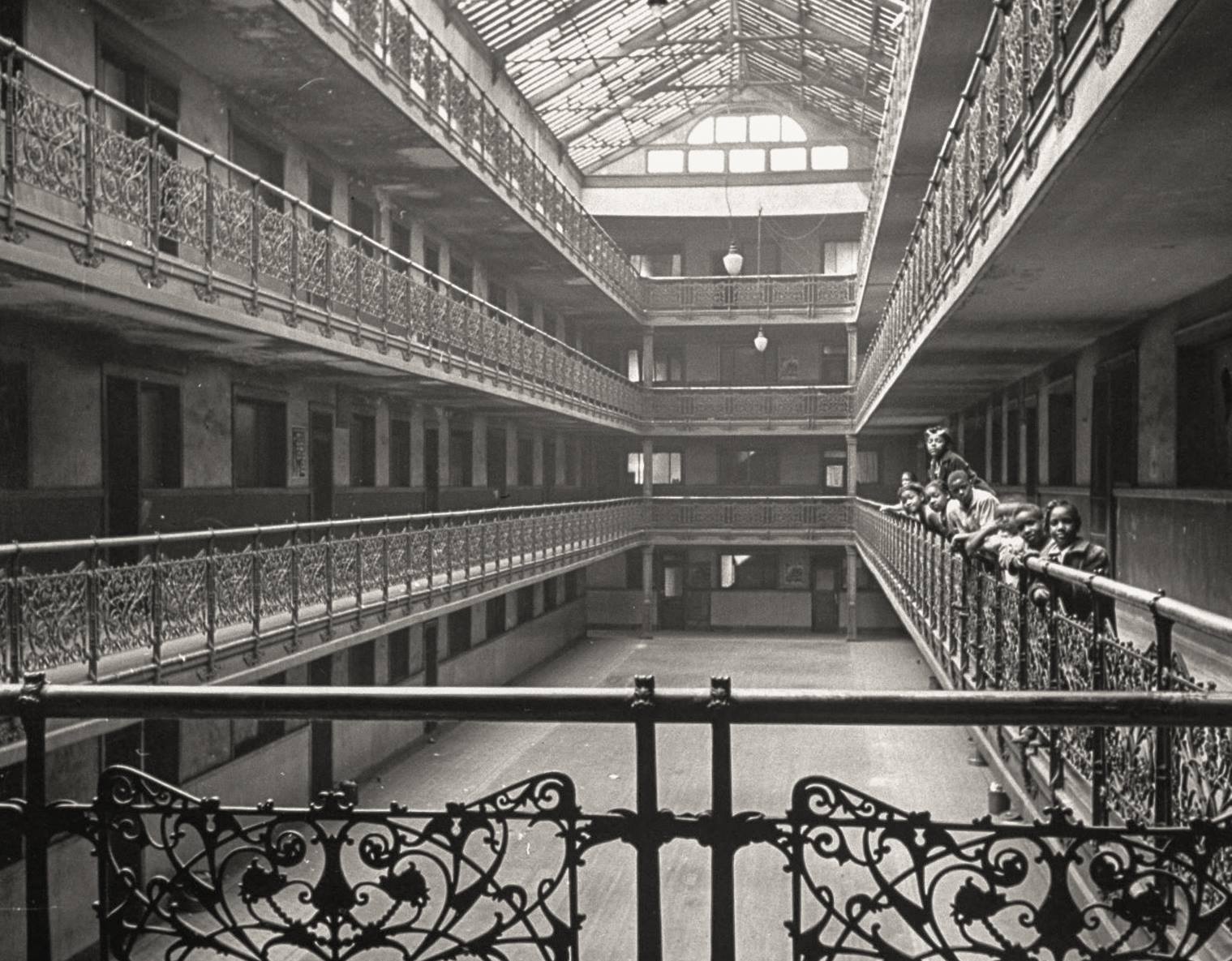
little red devils discovered during building demolitions. from left to right: an elevator machine room, bank vault, and a wood-framed cottage - all located in chicago.
perhaps i should do a photographic study on all the hidden objects i've collected over the past 20 years salvaging buildings across the midwest, beginning with an early 20th century hot dog sign i found in 1996.
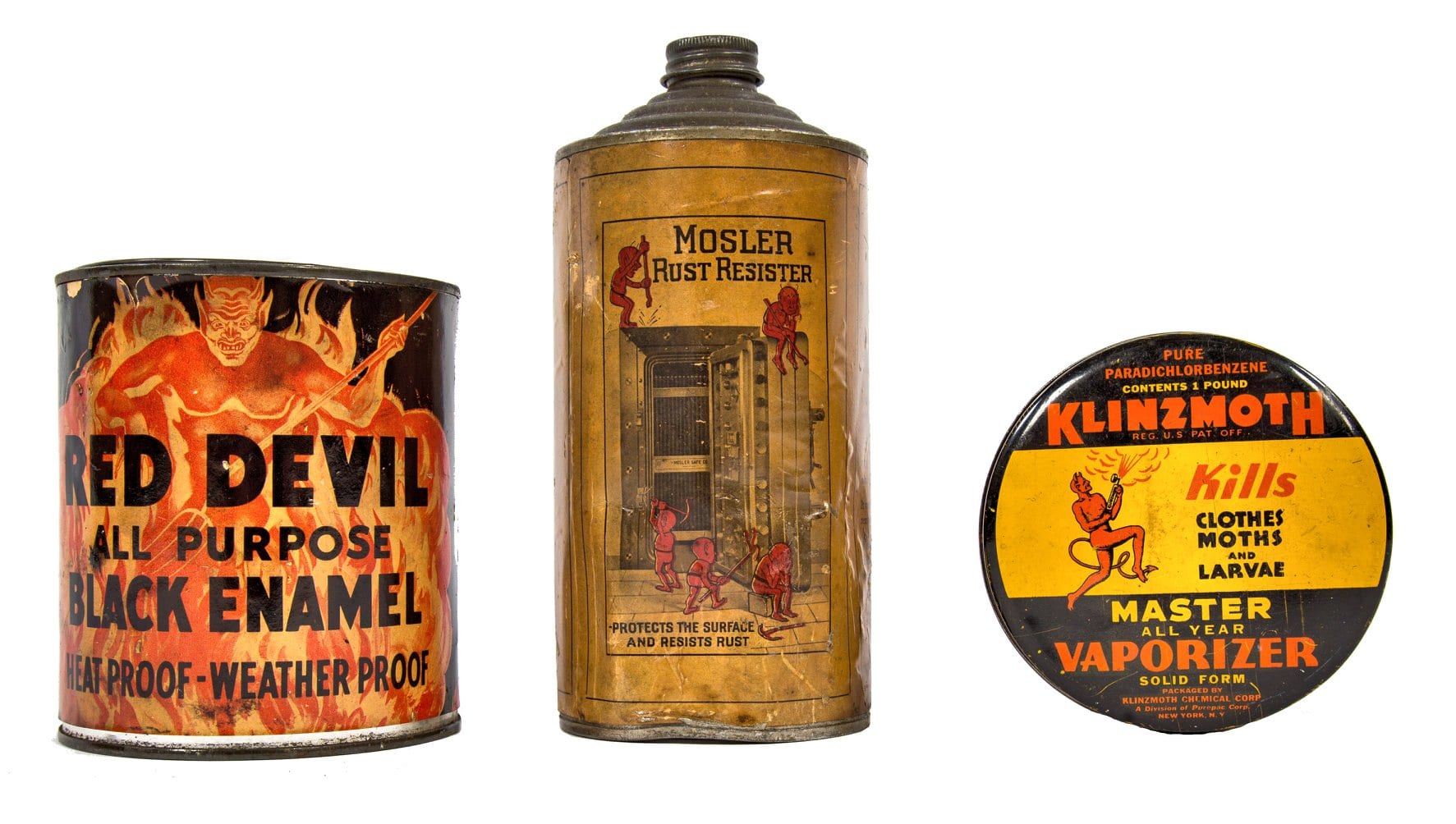
examples of uniquely finished early 20th century terra cotta ornament salvaged from altered/demolished buildings in and around chicago.
the terra cotta is sprayed or brushed with glaze—typically a slip glaze, clay wash, or an aqueous solution of metal salts.
to create mottled finishes, dried terra cotta blocks were sprayed with two or more color glazes hen fired in a kiln.
the r.r. donnelley printing plant (1929) shield with 24-karat gold leaf is the most visually striking piece of ornament.
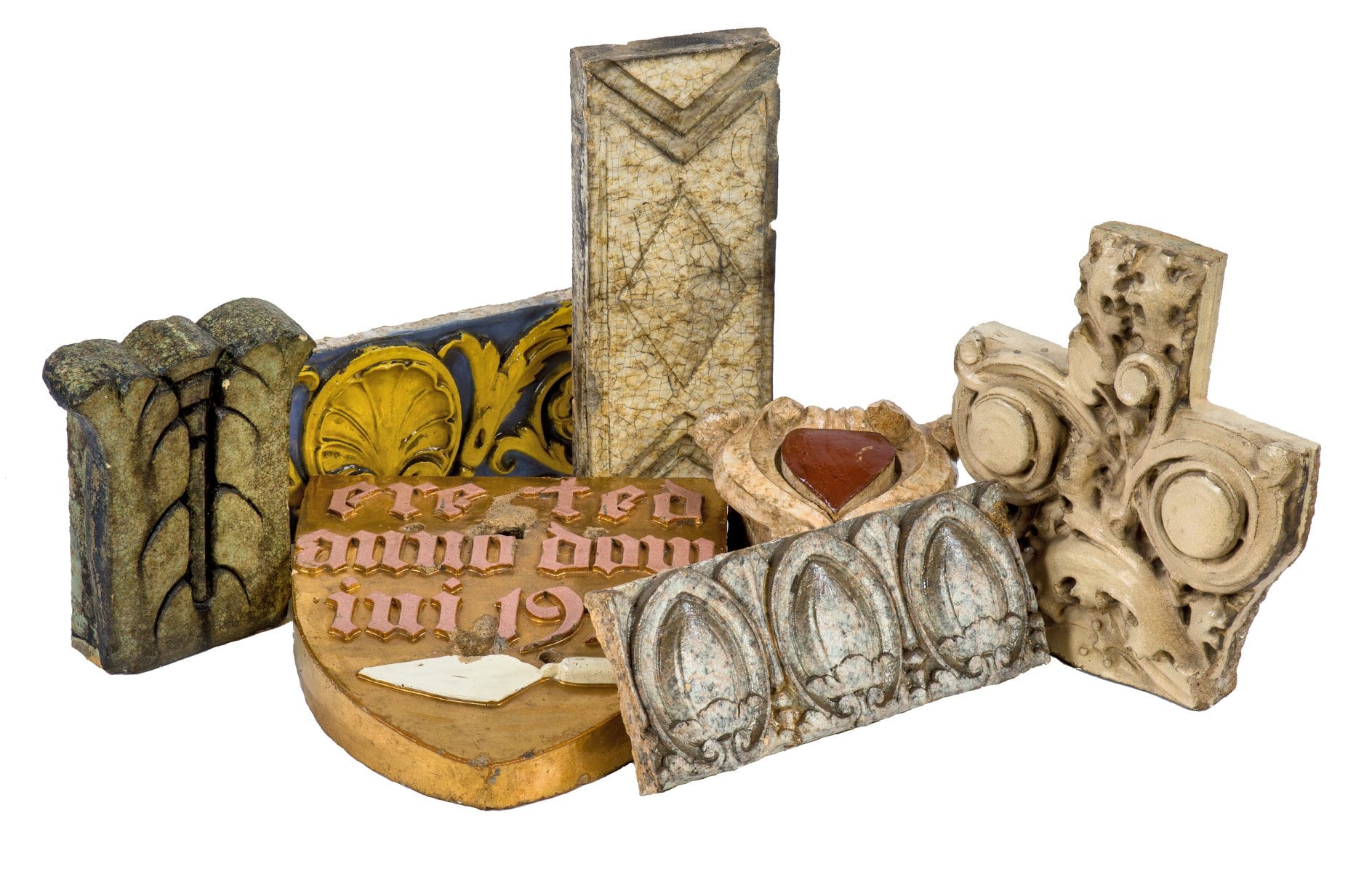
examples of uniquely finished early 20th century terra cotta ornament salvaged from altered/demolished buildings in and around chicago.
the terra cotta is sprayed or brushed with glaze—typically a slip glaze, clay wash, or an aqueous solution of metal salts.
to create mottled finishes, dried terra cotta blocks were sprayed with two or more color glazes hen fired in a kiln.
the r.r. donnelley printing plant (1929) shield with 24-karat gold leaf is the most visually striking piece of ornament.
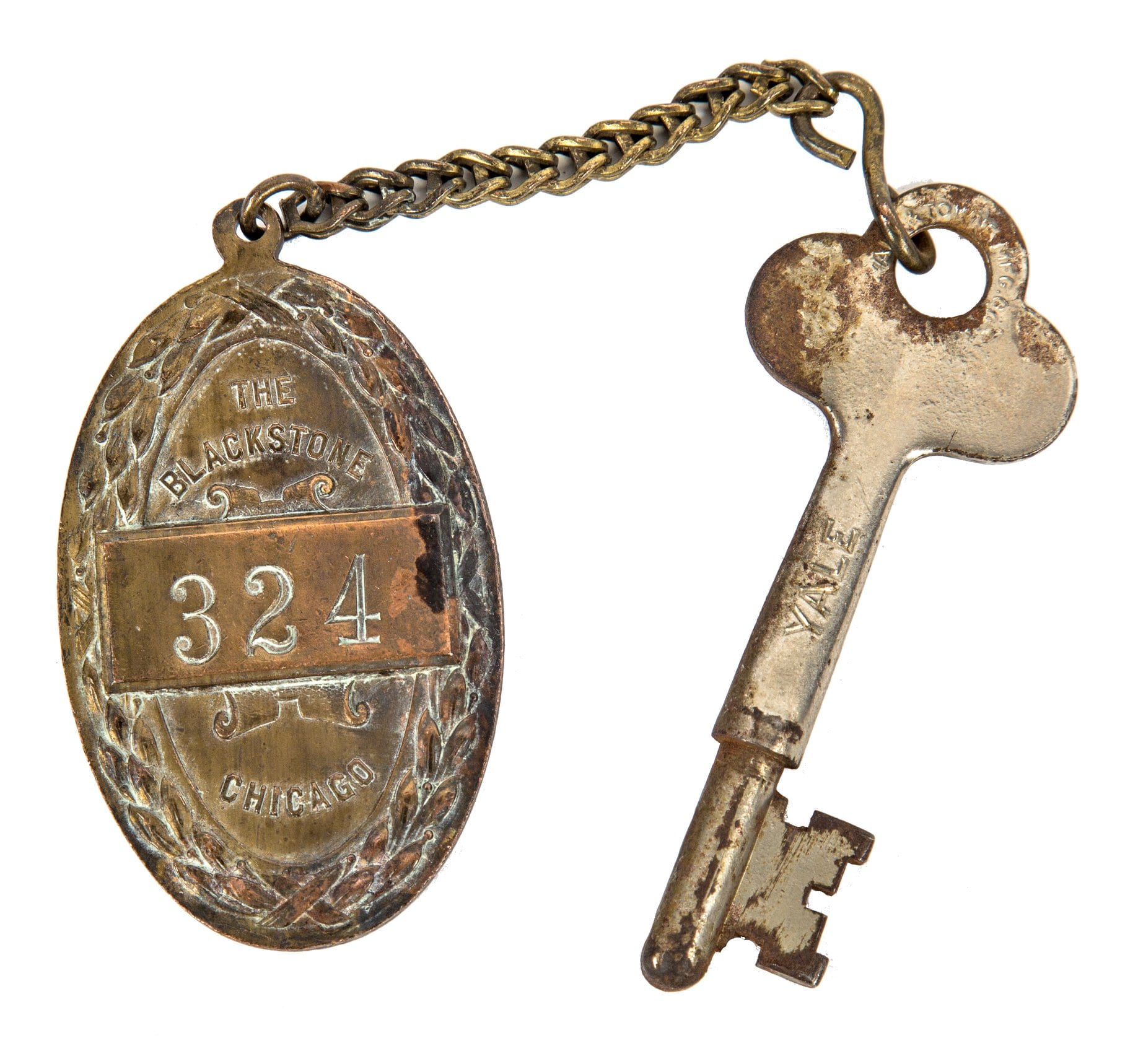
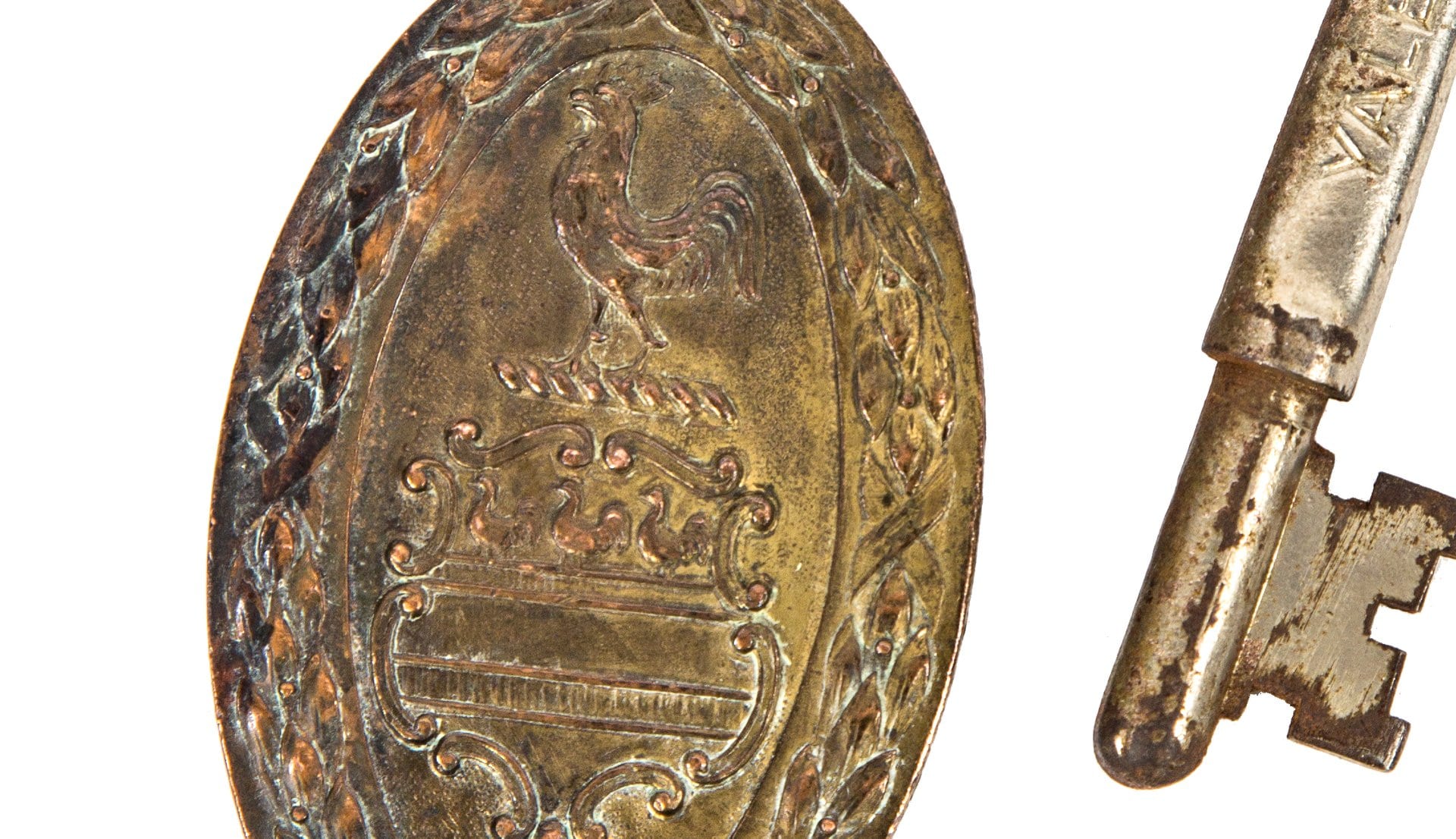
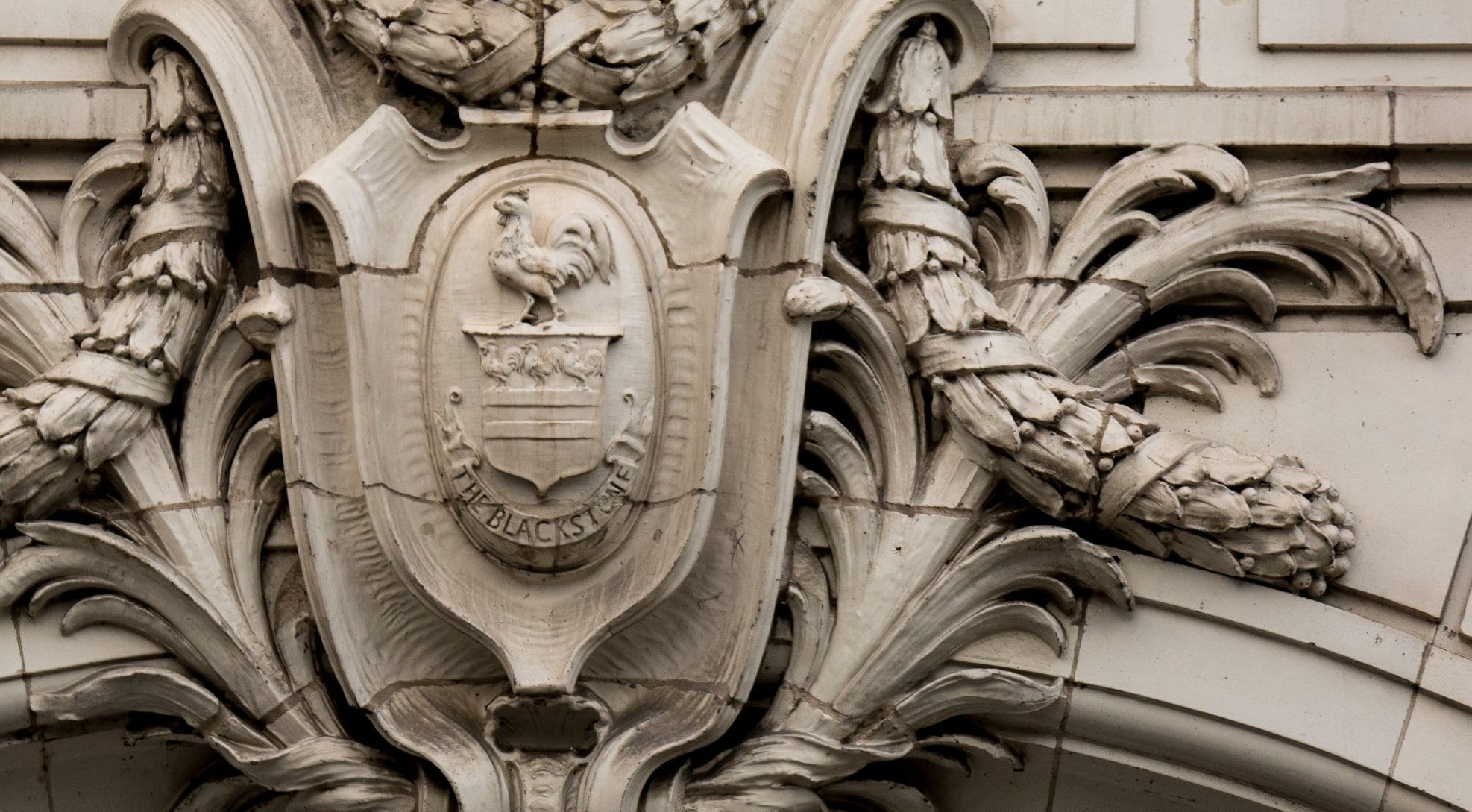
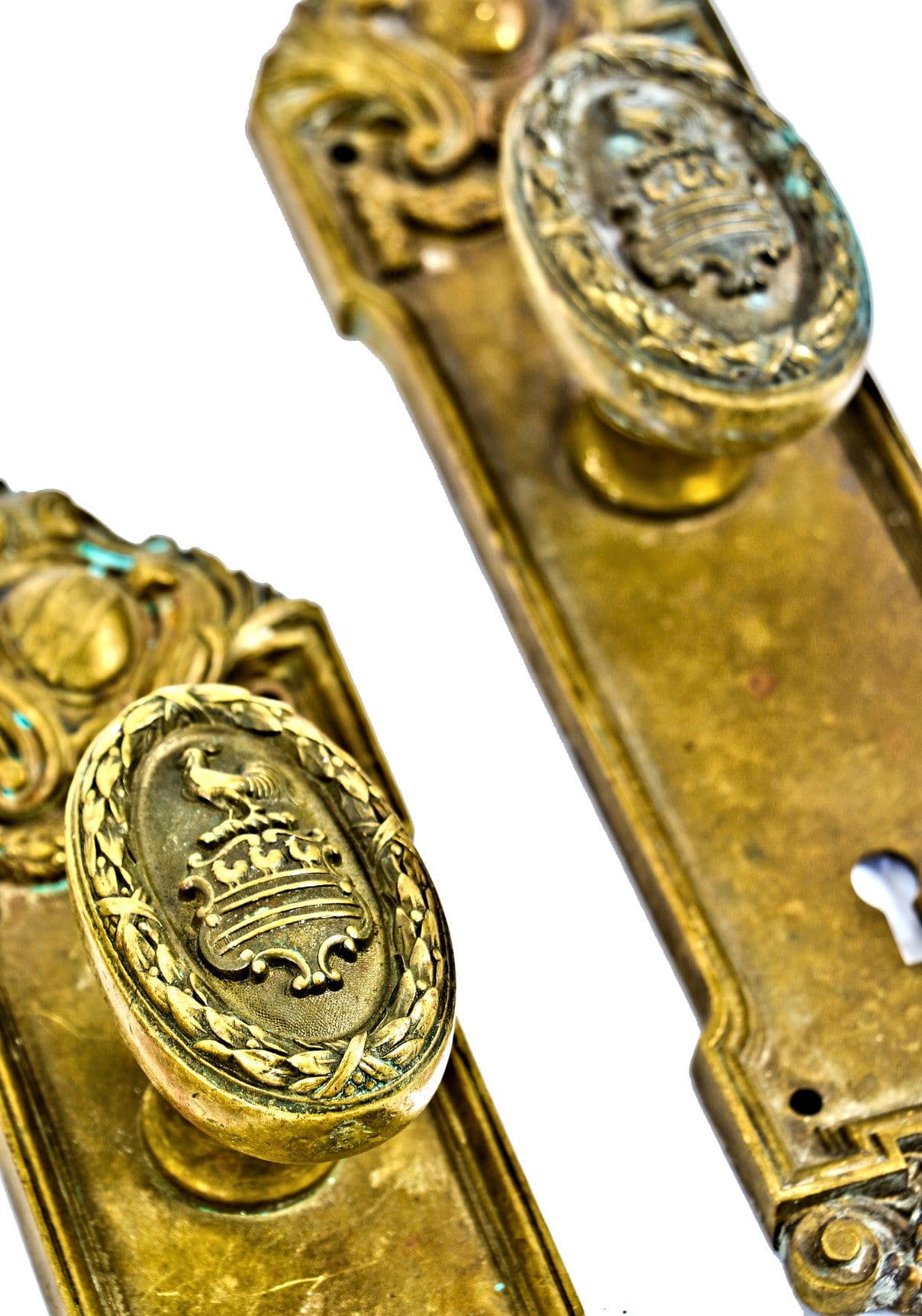
i believe this is the earliest key fob (acquired today) issued to guests that stayed at the blackstone hotel when it opened in 1909. the nickel-plated key and chain are likely original as well. the rooster motif is found on the hotel's fobs, doorknobs, and a terra cotta cartouche above the building's michigan avenue entrance. the hotel's architect was benjamin marshall.
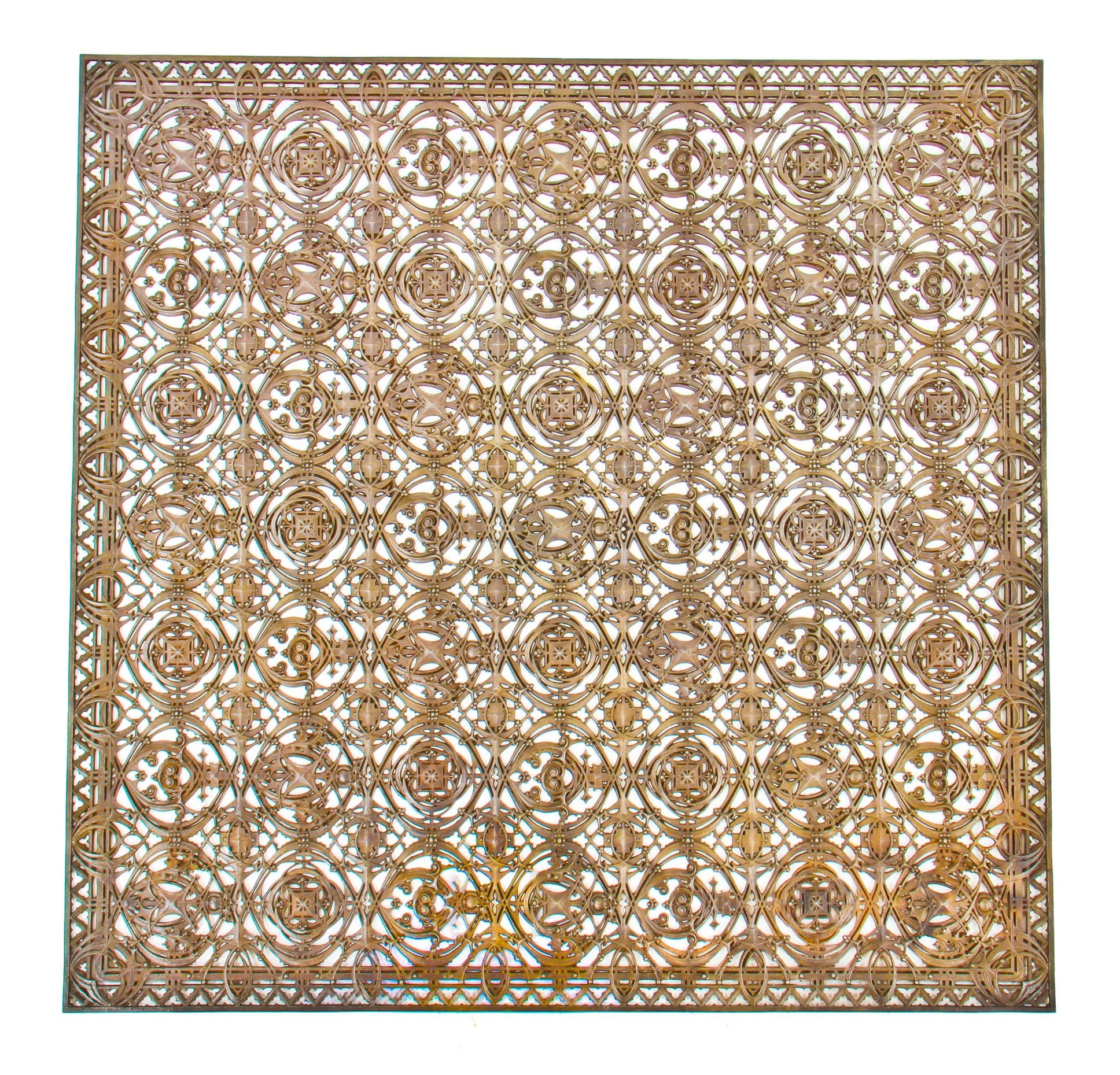
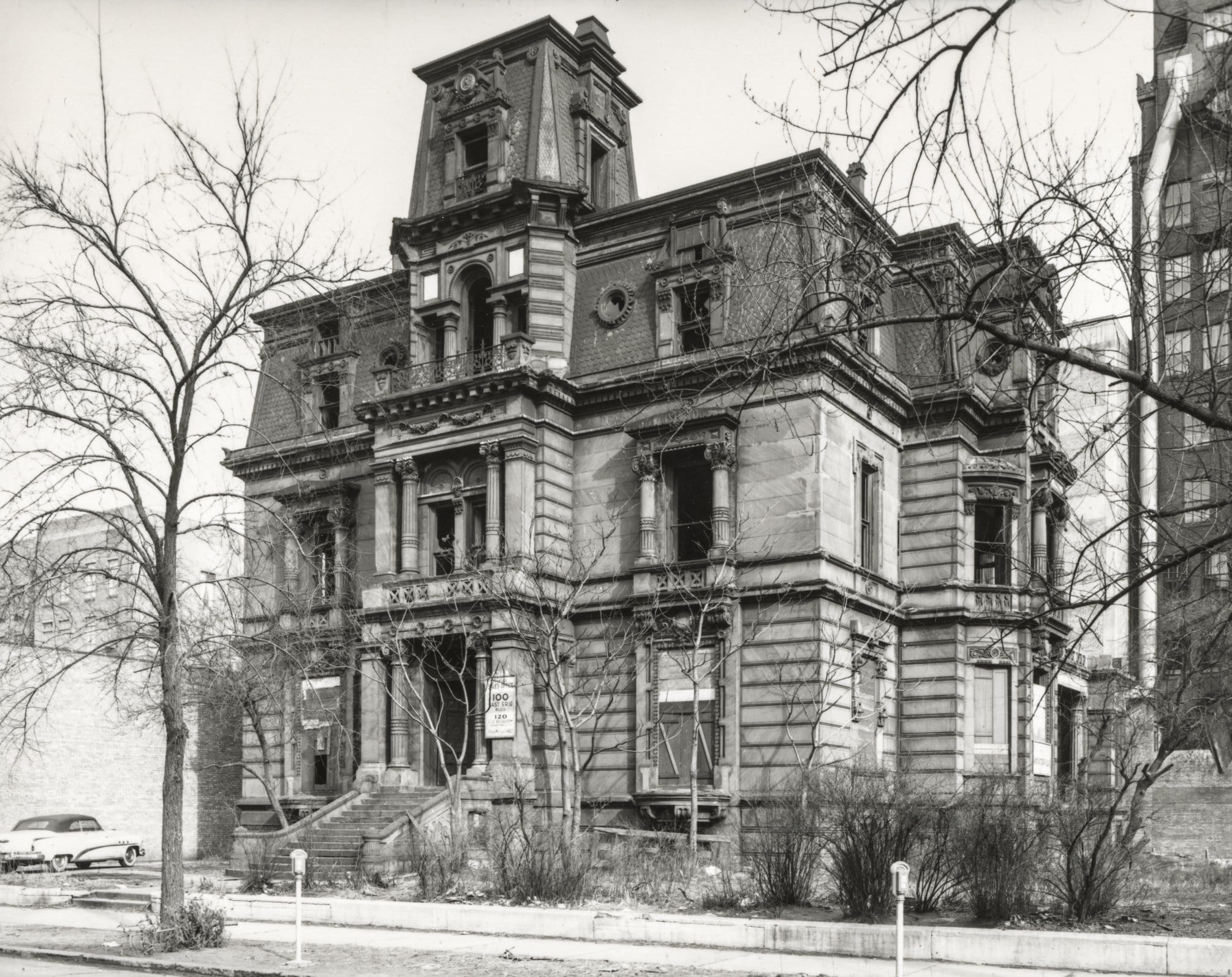
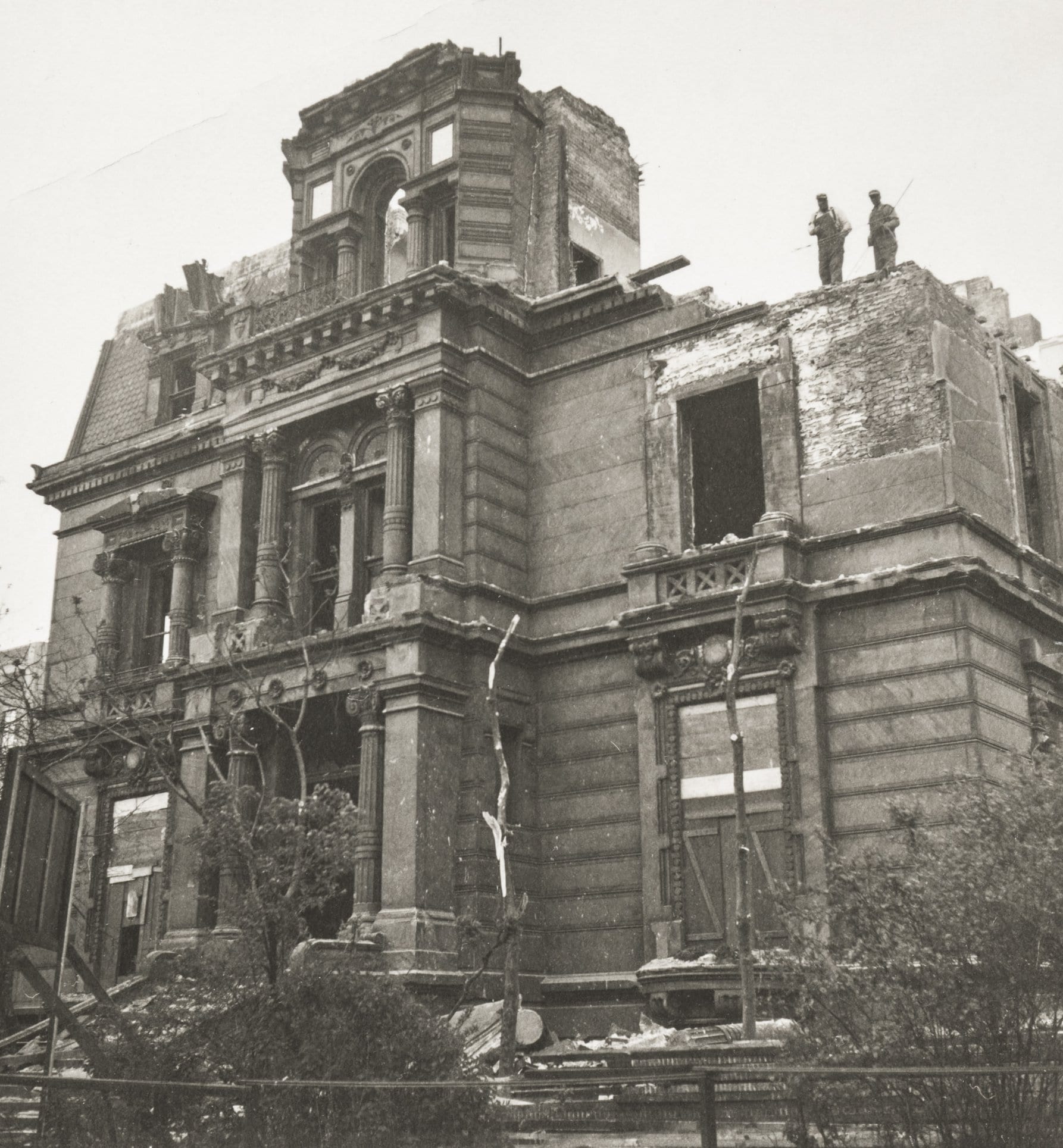
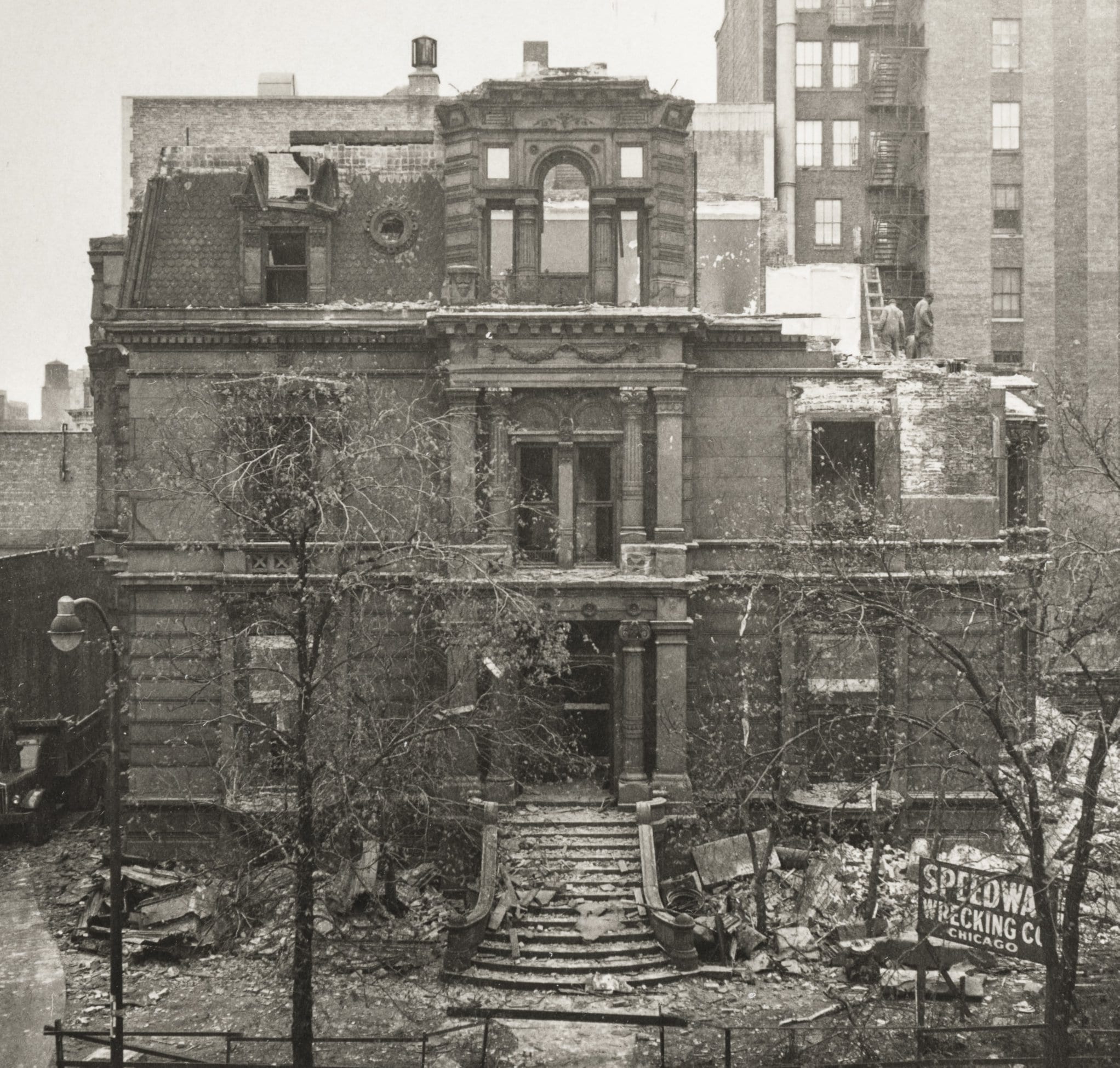
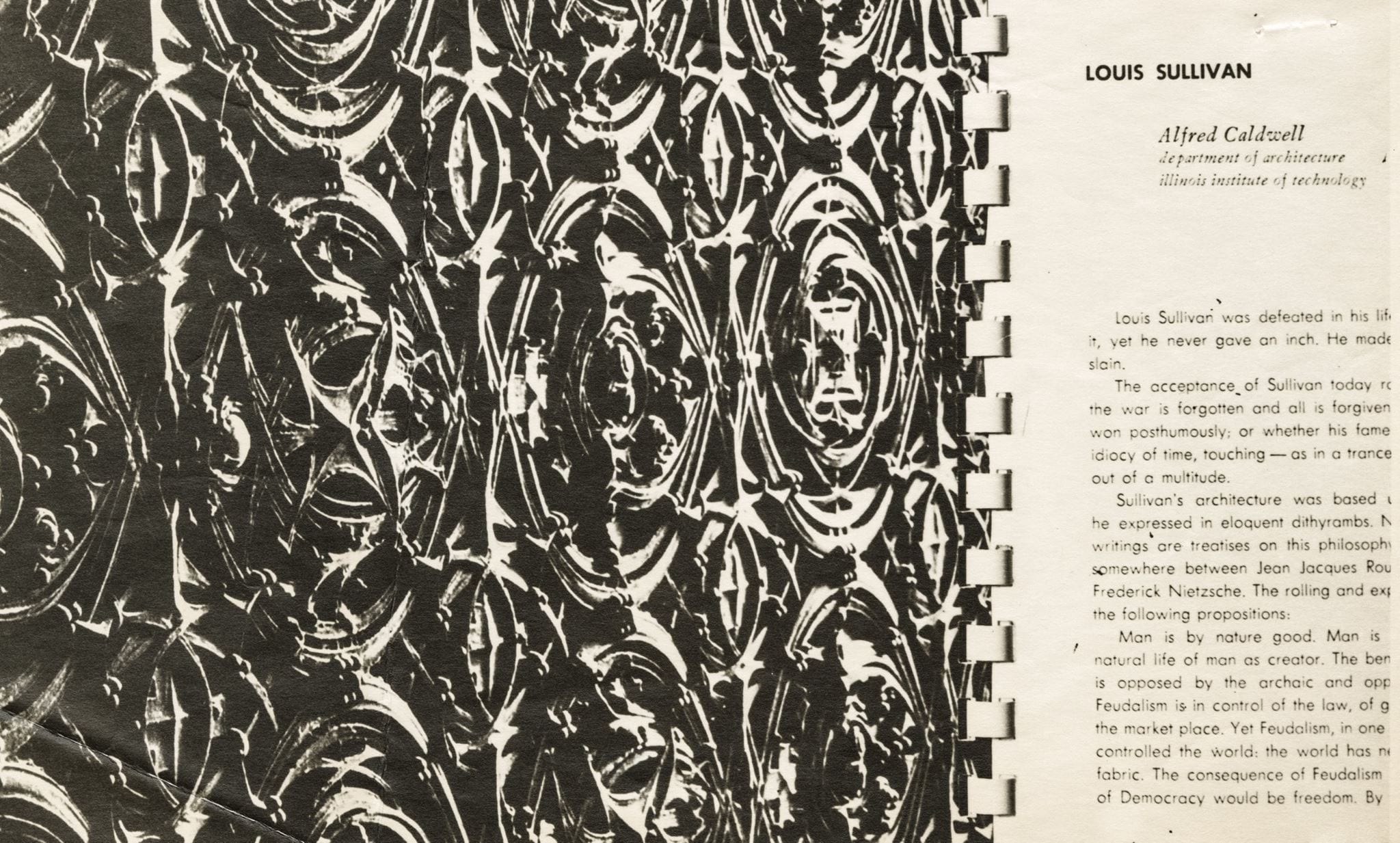
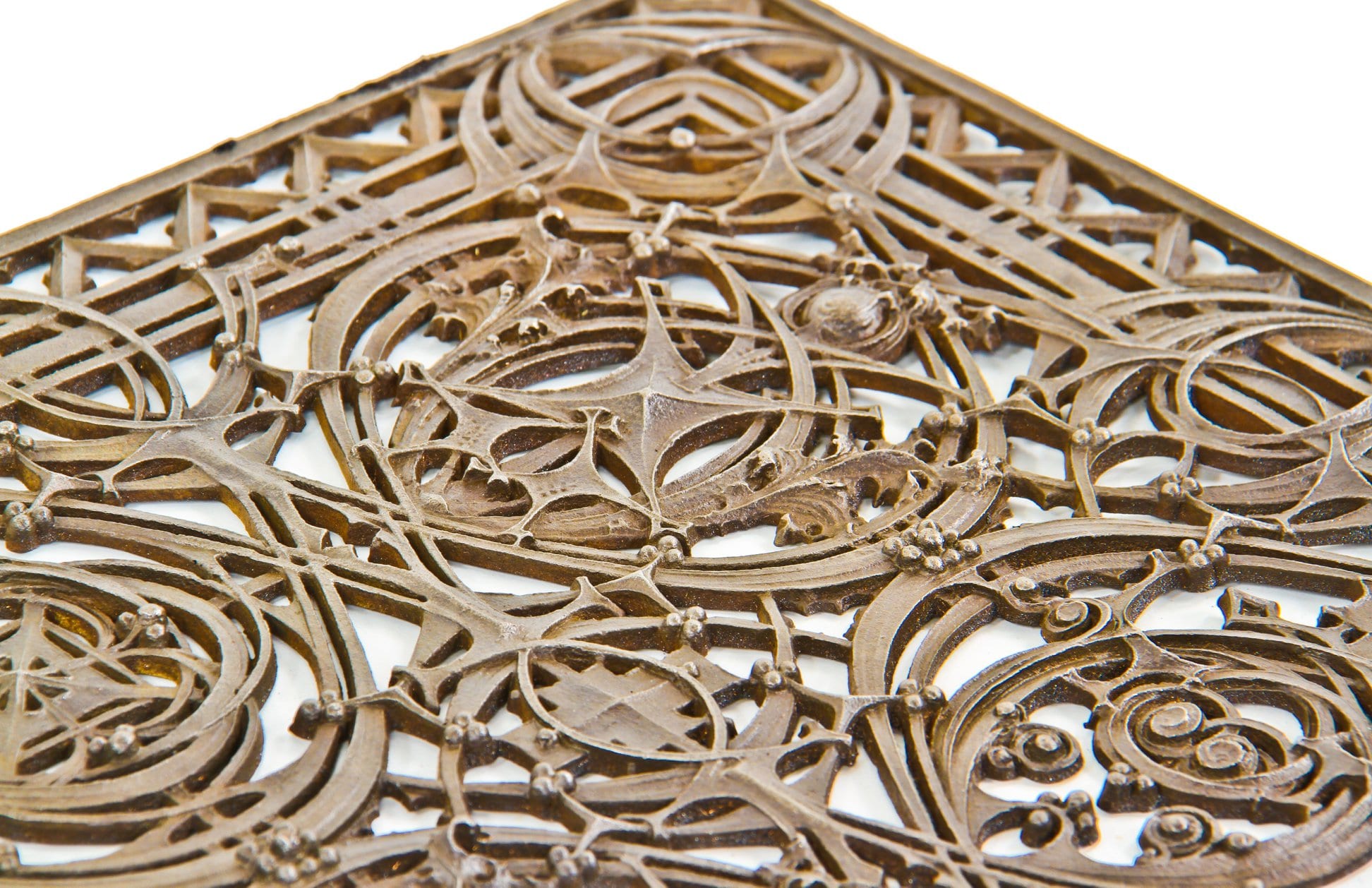
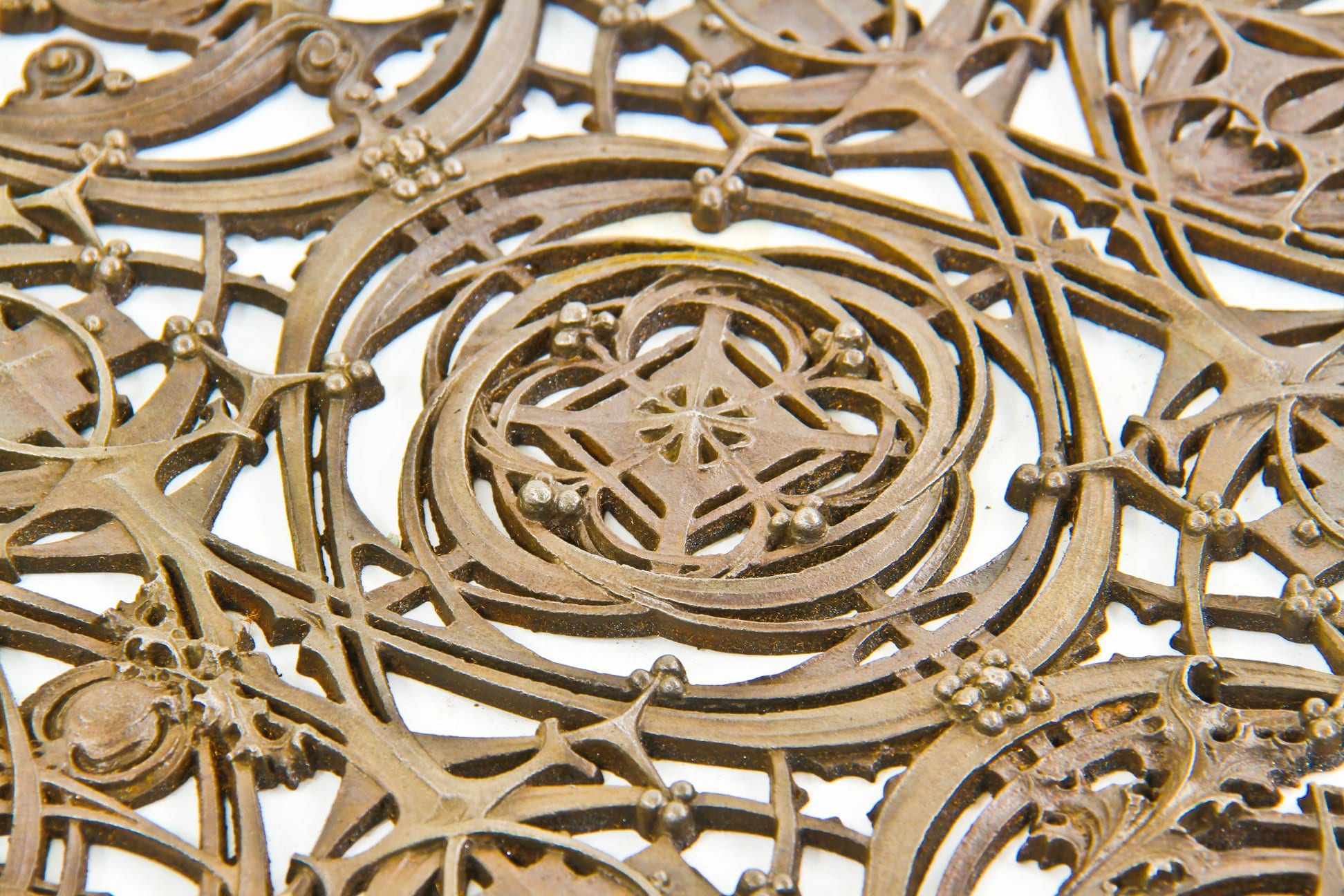
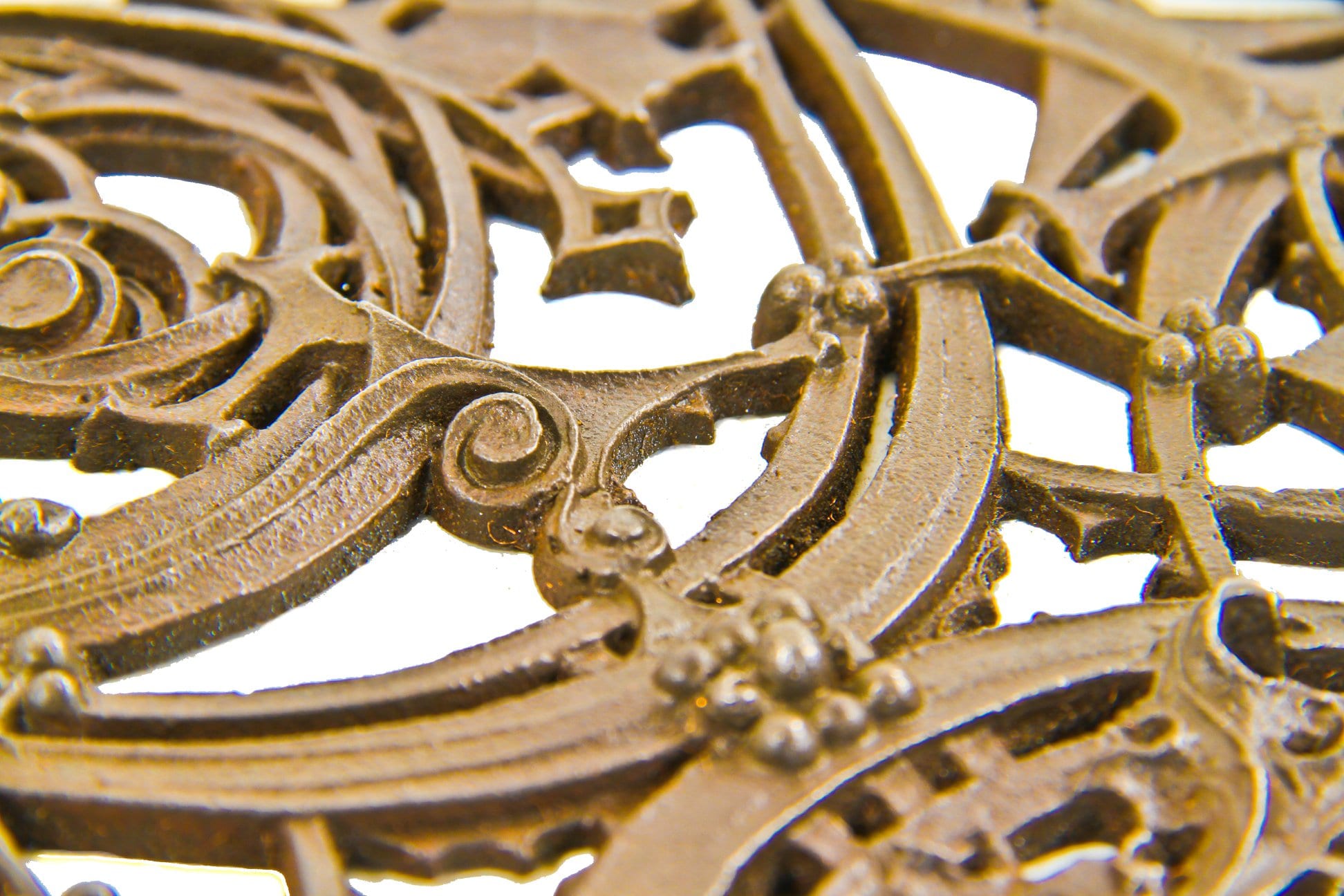
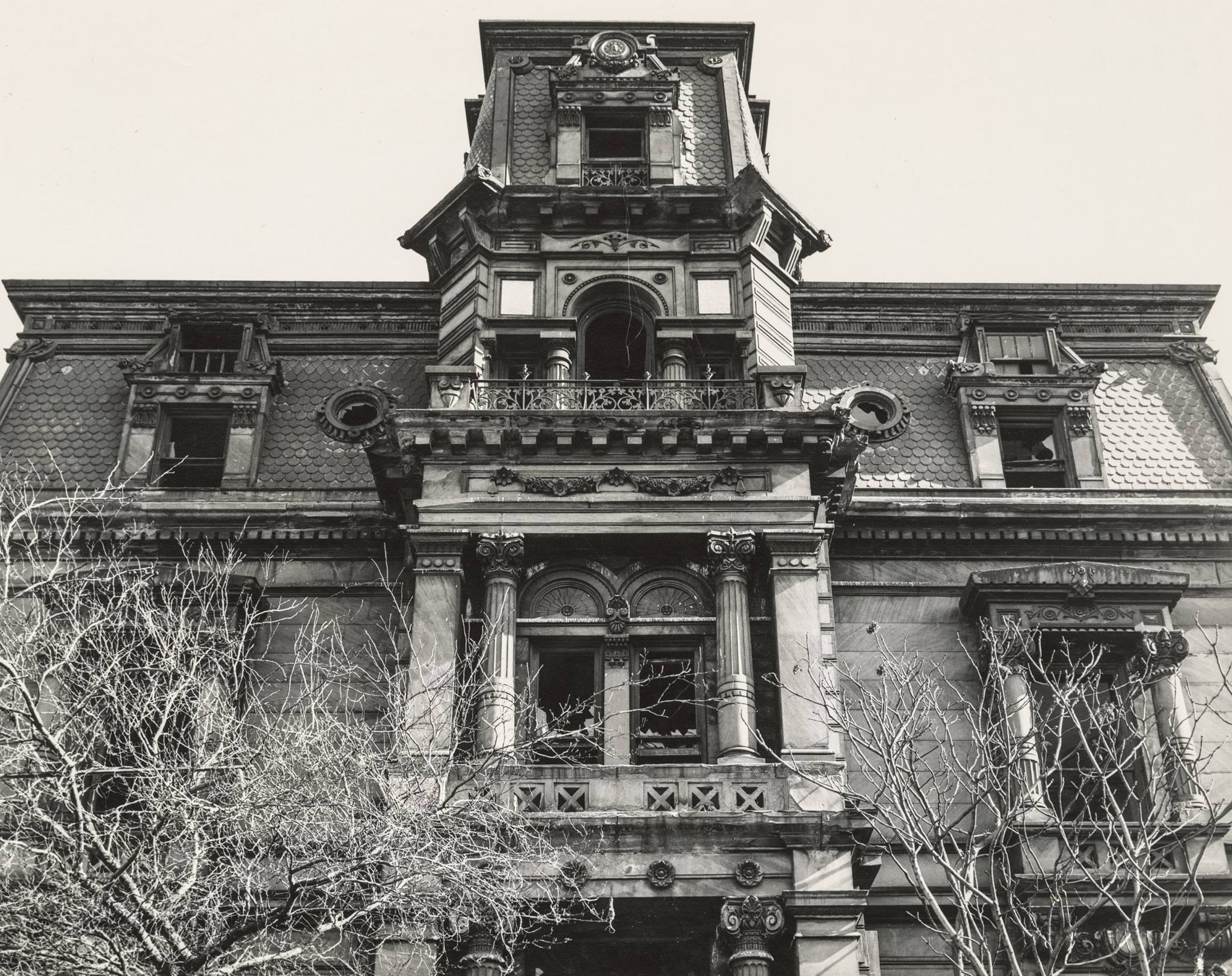
i've had trouble tracking down exterior images of the mccormick mansion undergoing demolition for quite some time now. i finally found a few taken by richard nickel in 1954 last week. the more widely known interior images with graffiti on the walls were taken by nickel shortly before demolition. located at 875 rush street, the 35-room french second empire mansion was built for cyrus mccormick (inventor of the grain reaper) in 1879.
thankfully, one of two louis h. sullivan-designed cast iron radiator grilles (from an 1899-1900) remodel) was saved and later sold on maxwell street. the other was likely scrapped. more on the radiator grille below.
the louis h. sullivan-designed grille was so delicate and intricately designed that, according to an account by george grant elmslie, william winslow of the winslow brothers foundry - who worked with sullivan on several commissions prior - stated that it was virtually impossible to execute the grille's design in iron. sullivan reportedly replied ever so confidently that winslow could do it, and proceeded to walk out the door.
elmslie recounted that "four perfect castings" were created by the foundry; both sullivan and winslow kept one. winslow's grille was donated to the art institute of chicago in 1920, where it is currently displayed, along with an owatonna bank teller wicket, in the architectural fragment gallery that surrounds their building's atrium staircase. sullivan's grille was given to architect daniel h. burnham as collateral for a loan advanced to him by burnham. that grate is now displayed at the university of illinois school of architecture in champaign/urbana.
since the commission wasn't widely recognized, the other remaining grille was likely scrapped when the mccormick house was abandoned and ultimately trashed by vandals (documented by photographer richard nickel) and demolished shortly thereafter in 1954.
it is likely that nickel wasn't made aware to the sullivan remodel during the time he was documenting the house. by then the grilles were long gone; nickel would have otherwise noticed and rescued them.
unbeknownst to many, one of the grilles was not scrapped as previously thought. it was discovered many years ago on maxwell street - likely around the time the mansion was demolished. the man who purchased it had recognized it after matching it to the one given to the art institute. the partial remodeling of the cyrus mccormick mansion in 1901 was designed to be a "bachelor's quarters" to keep the mccormick's son stanley, under close supervision. during this time stanley was mentally unstable that worsened to the point where he was later institutionalized.
the university of madison-wisconsin possesses the majority of the drawings for sullivan's remodeling of the mccormick mansion in their nettie mmcormick papers collection. the exact location and number of grilles used in the remodel can likely be addressed through the exploration of this collection.
images courtesy of the richard nickel archive, ryerson and burnham archives, art institute of chicago.
mccormick grille courtesy of bldg. 51 museum collection.
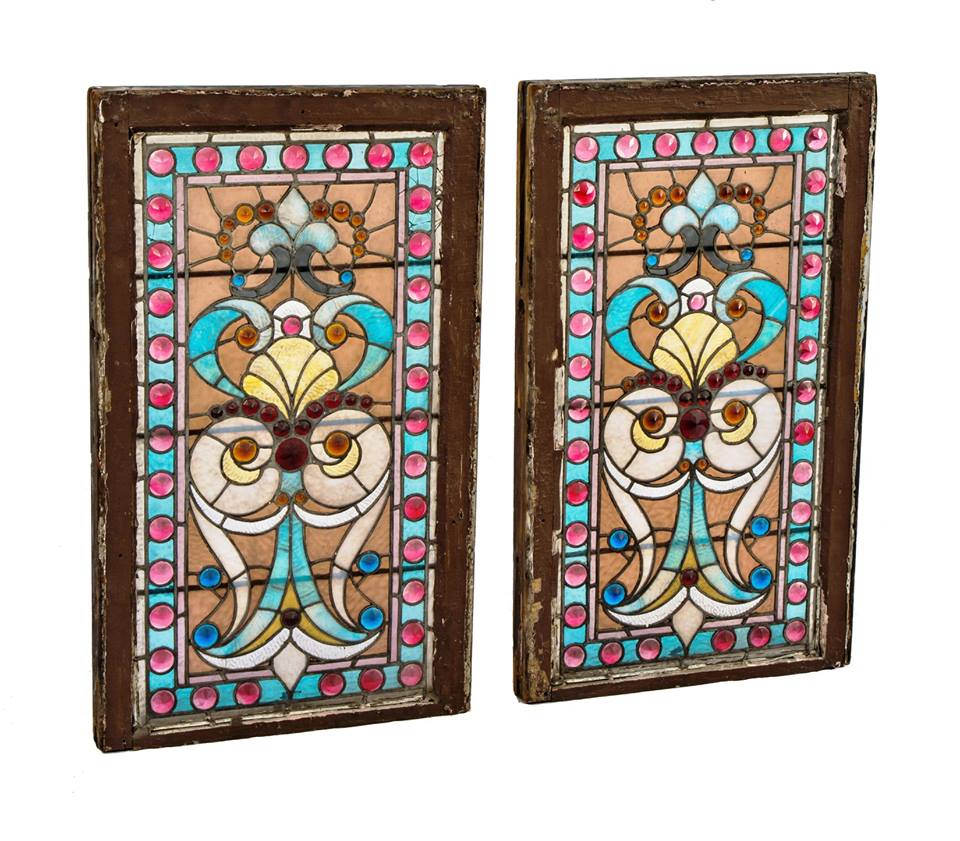
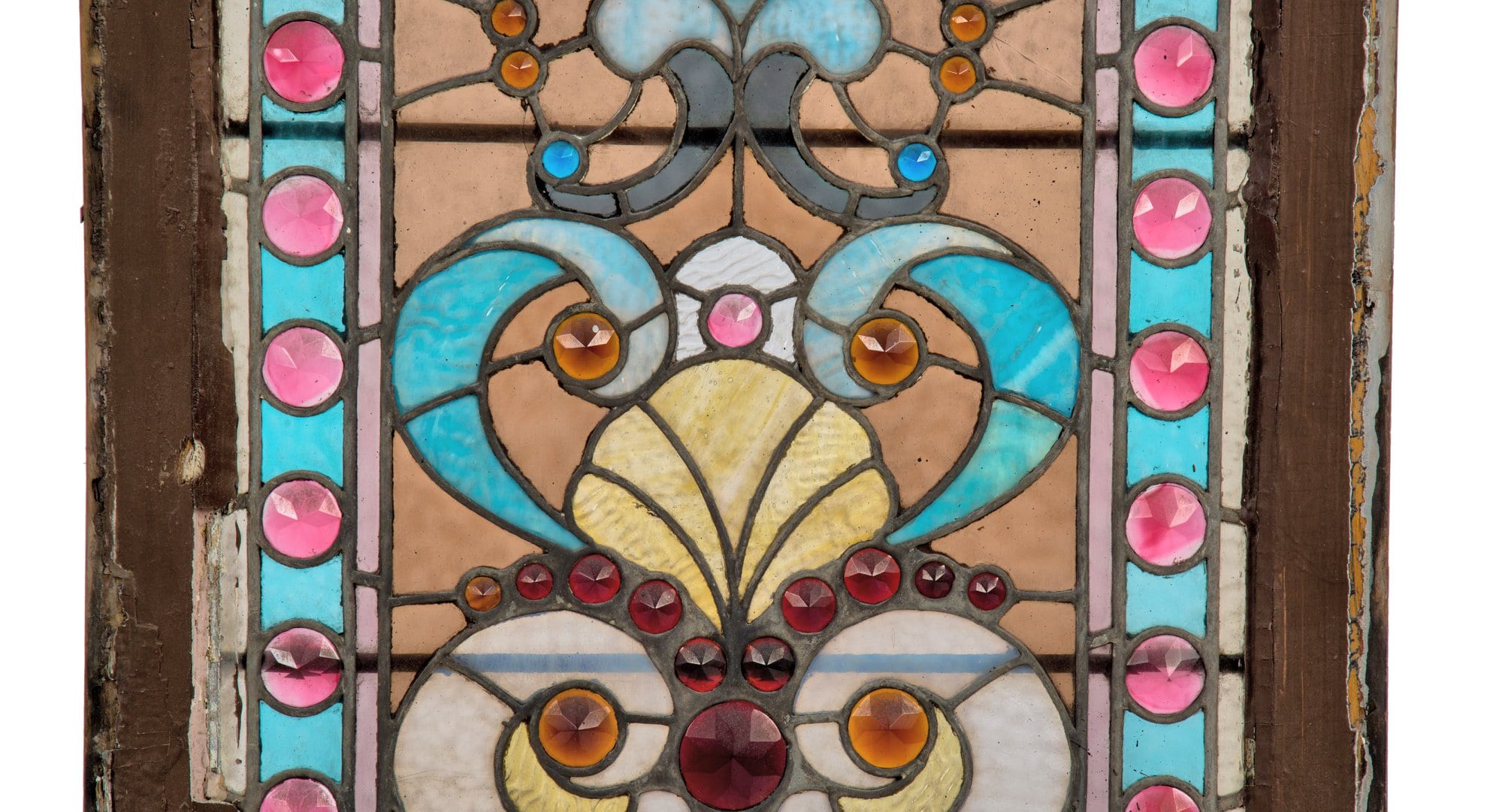
i salvaged this set of interior victorian era windows - bedecked with allover faceted jewels - over ten years ago from a house on the north side of chicago.
the owners left the original quartered oak wood staircase with newel lamp intact, but the rest of the house was completely gutted down to the studs.
to this day i don't get it, especially after spending so much time documenting anything and everything original to the house. mixed feelings, but either way, the ornament was going to a landfill or dealer who would't take the time to painstakingly research its history and make a thorough visual record of the house before, during, and after.
for what it's worth, nearly everything removed (e.g., original doors, knobs, room divers, cabinets, wainscoting, lighting fixtures, and an elaborate speaking tube by corbin), went to old homes across the country in need of period fixtures.
if i recall correctly, the house was built for a doctor and his practice in 1883. between then and the time i arrived, only one other family owned and maintained the house. amazingly, it wasn't divided into apartments. the woodwork retained the original finish. the "ivy" pattern eastlake hardware was still functional. the art glass windows - likely executed by mccully & miles - were some of the finest victorian windows i've ever seen.
i will post pictures of the interior at a later time.
end
This entry was posted in , Bldg. 51, New Products, Events & Announcements, New Acquisitions, Featured Posts & Bldg. 51 Feed on July 24 2018 by Eric
WORDLWIDE SHIPPING
If required, please contact an Urban Remains sales associate.
NEW PRODUCTS DAILY
Check back daily as we are constantly adding new products.
PREMIUM SUPPORT
We're here to help answer any question. Contact us anytime!
SALES & PROMOTIONS
Join our newsletter to get the latest information
























